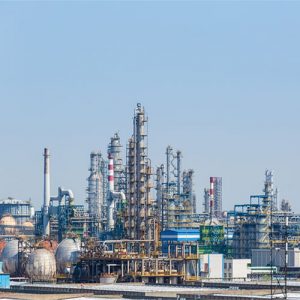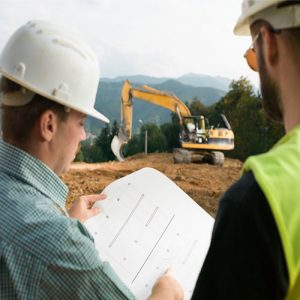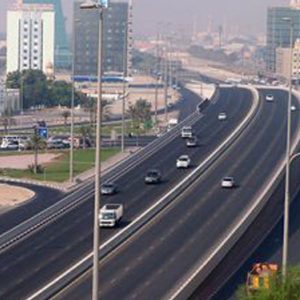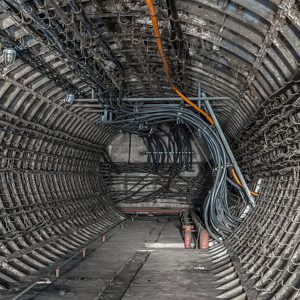Land Development
Land development is altering the landscape in any number of ways such as:
- Changing landforms from a natural or semi-natural state for a purpose such as agriculture or housing
- Subdividing real estate into lots, typically for the purpose of building homes
- Real estate development or changing its purpose, for example by converting an unused factory complex into condominia.
land development is also sometimes advertised as land improvement or land amelioration. It refers to investments making land more usable by humans. For accounting purposes it refers to any variety of projects that increase the value of the property. Most are depreciable, but some land improvements are not able to be depreciated because a useful life cannot be determined. Home building and containment are two of the most common and the oldest types of development.
In an urban context, land development furthermore includes:

- Road construction
- Access roads, walkways and parking lots
- Bridging
- Landscaping
- Clearing, terracing or land levelling
- Setup of fences and, to a lesser degree, hedges
- Service connections to municipal services and public utilities
- Drainage, canals
- External lighting (street lamps, etc.)
Landowner or developers on any size of project will often want to maximise profits, minimise risk and control cash flow. This “profit enhancement” means identifying and developing the best scheme for the local marketplace, whilst satisfying the local planning process.
Development Analysis puts development prospects and the development process itself under the microscope, identifying where enhancements and improvements can be introduced. These improvements aim to align with best design practice, political sensitivities, and the inevitable social requirements of a project, with the overarching objective of increasing land values and profit margins on behalf of the landowner or developer
Land development is altering the landscape in any number of ways such as:
- Changing landforms from a natural or semi-natural state for a purpose such as agriculture or housing
- Subdividing real estate into lots, typically for the purpose of building homes
- Real estate development or changing its purpose, for example by converting an unused factory complex into condominia.












